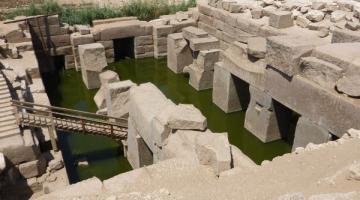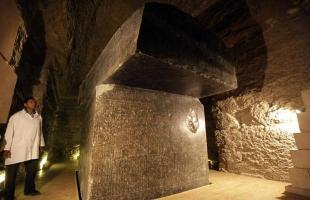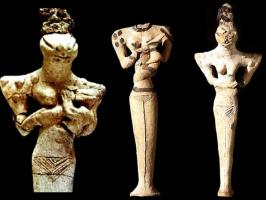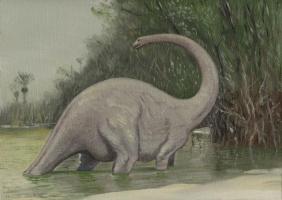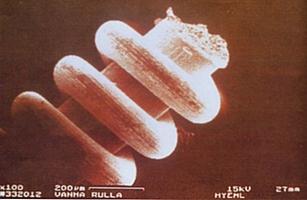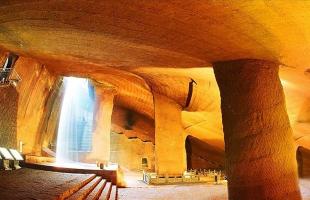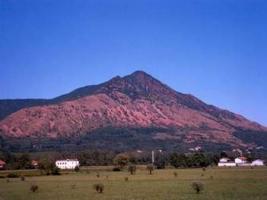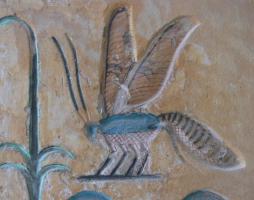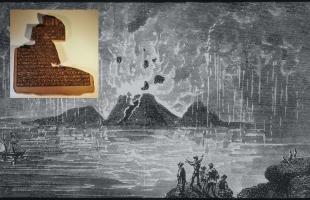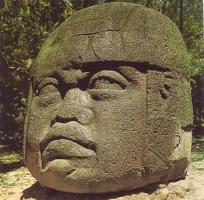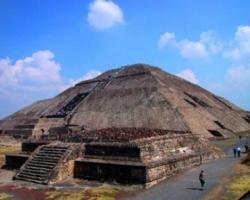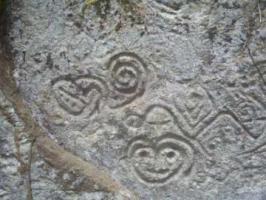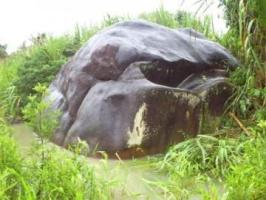The egyptian Osirion: a still unsolved mystery
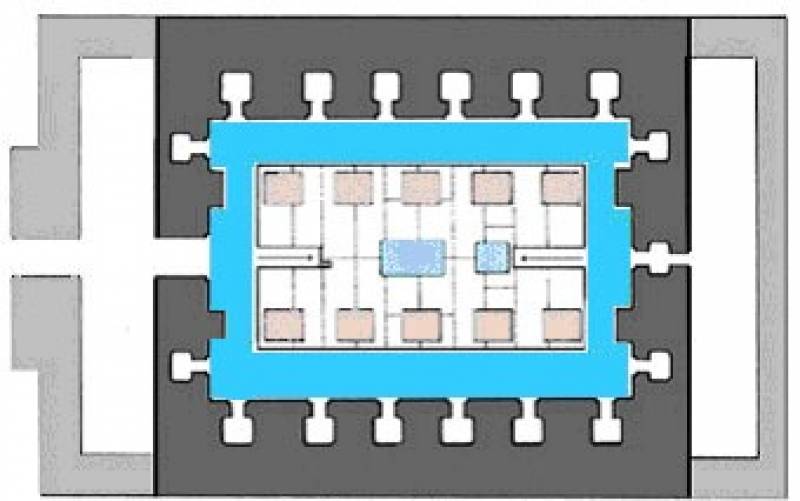
Cited by Strabo, who visited it in the 1st century. AC, was rediscovered by Flinders Petrie and his assistant Margaret Murray in 1903. Once the works were interrupted due to lack of funds, the Osireion was then finally brought to light by Naville in 1914.
Located in Abydos, behind the temple of Seti I and with the same orientation is often ignored by the guides accompanying tourists, perhaps, also because they would not know how to answer their questions. Moreover, when, ten years ago, I tried to visit it, it was in the dark and rather neglected. It consists of a hypogeum, 15 m. below the level of the temple of Seti I, built with huge blocks of stone. Based on his construction technique, Petrie classified it as "the oldest stone monument in Egypt".
Its architectural features, in fact, are extremely similar to those of the Temple downstream of the Giza plain :. Simple and austere, approx. 60 M. and 22 wide, stone blocks up to 7 m long are used. and a half (!), monolithic pink granite pillars and huge architraves. The perimeter wall measures six meters in thickness and, in this, 17 niches of a man-size are obtained. In the center, there is a plinth with 10 pillars and two basins, one rectangular and the other square. All around, a ditch, without pavement and three meters deep, full of water, which Strabo says came from the Nile through a conduit.
The monument is completed by two transversal chambers, which show, on the ceiling, astronomical representations, datable to Seti I. However, these are external to the six-meter wall and therefore, in all probability, built later to the main nucleus. The alleged identification of the monument as a cenotaph of Seti I came later, in 1933, from Frankfort, which was based on the decorations of the transversal chambers and on an 'ostrakon' on which the phrase "Seti is in the service of Osiris" is shown.
However, the transversal chambers are not part of the innermost structure and, as regards the ostrakon, it would be a bit as if the archaeologists of the future wanted to date the Colosseum not on the basis of its architectural structure, but on the discovery, on the spot, of a wrapper of film thrown by a tourist, bearing the expiry date of 2002! Indeed, the phrase reported on the earthenware accords much more with the hypothesis that Seti gave a service to Osiris (to whom, in reality, perhaps the work was dedicated), performing embellishments and restorations to a much earlier construction.
Another element suffrage of a remarkable backdating of the Osirion is given by the discovery of the "well of Osiris" in the plain of Giza. Here too a hypogeum which, at the third level of depth, has a central plinth (which, in this case, supports an empty sarcophagus, with the cover shifted) surrounded by water, with, around it, a series of niches and burrows dug into the rock. A construction concept completely different from any other known monument. The Osireion therefore, today, remains a rather mysterious reality. To whom was he really dedicated (Osiris?), What his functions of worship (celebrations for the recomposition of his body?).
What the basins on the central plinth were used for and, above all, his dating are still unresolved questions. At least as far as the latter is concerned, the positive news is that Prof. Caputi (see Forum) is currently waiting to be able to obtain all the necessary authorizations to carry out the pollen examination even within the Osireion.










